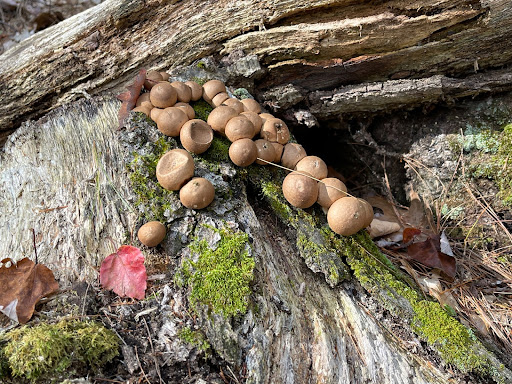The richness and complexity of life on earth is not just a beautiful thing — it is essential. As species disappear due to human impacts such as habitat destruction, overconsumption, and climate change, the fragile threads that bind the web of life are broken and the entire web is at risk of collapse. Think of a species as a block in a game of Jenga. As you remove one block, the structure weakens. As more blocks are removed, collapse is inevitable.
Biodiversity can be viewed on three levels: habitat diversity, species diversity, and genetic diversity. Changes to any of these levels impact the other levels of biodiversity.
Habitat diversity encompasses anywhere life is found, from polar seas to prairie meadows, tropical rainforests and coral reefs. Humans impact habitats by developing land to farm or to build for industrial, recreational and residential areas. As habitat diversity degrades, species diversity is threatened. Only a fraction of the plant, animal, and microbial species on Earth have been named, and many species may be lost before they are even discovered. The variety of life is disappearing at least 1,000 times faster than before humans left their native habitats of Africa and Asia and began colonizing the earth (between 10 and 50 millennia ago). As species diversity declines, a decline in genetic diversity follows. Genetic diversity, the variation within a species that can be passed down from one generation to the next, affects physical appearance, reproduction, and resistance to disease. Genetic diversity provides an arsenal of survival tactics to help a species adapt to change.
“I will argue that every scrap of biological diversity is priceless, to be learned and cherished, and never to be surrendered without a struggle.” ― E.O. Wilson.
Learn More
Here is a websites that we at LexCAN finds to be trustworthy, accurate and clear.
